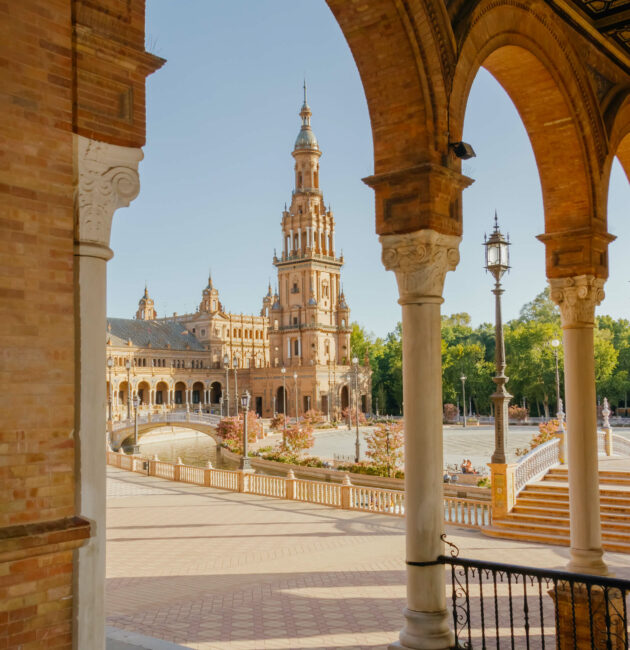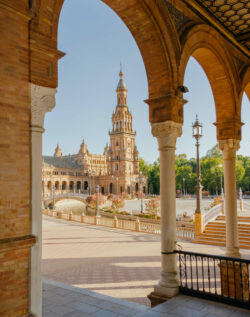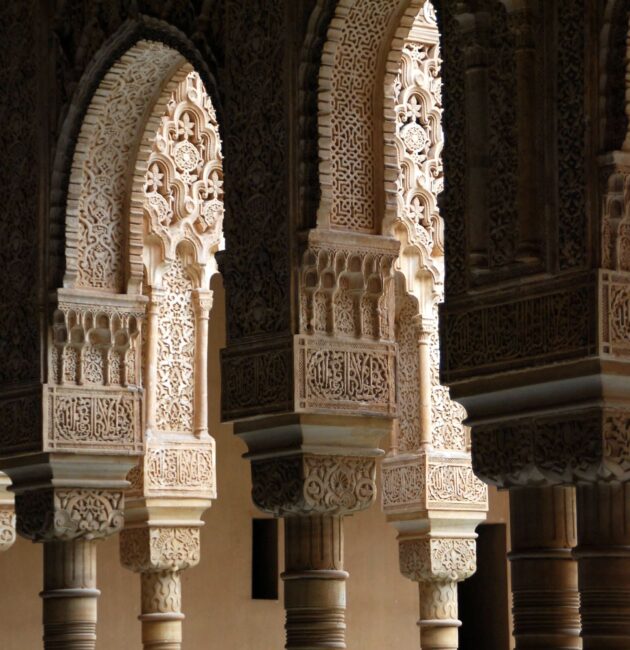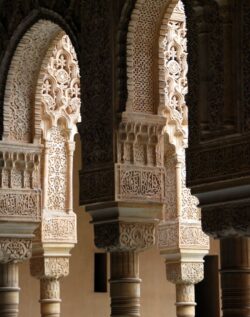SEVILLE’S HISTORY AND GRAND TRADITIONS
Seville’s beauty can be appreciated through its history and traditions. Conquistadors once walked the winding streets of the El Arenal area, counting their colonial riches. It was the city’s centre of maritime activity up to the 17th century and is now a lovely district with a path along the Guadalquivir river.
Board a boat to see the city from the water. Just one street east of the river is Hospital de la Caridad, an old charity hospital founded in the 17th century by Miguel Mañara, a notorious libertine who drastically changed his morals after having a vision of his own funeral. Now transformed into a museum, this masterpiece of Baroque architecture is home to paintings that witness Seville’s artistic grandeur in the Golden Age.
El Arenal is also home to the Teatro de la Maestranza theatre and the Maestranza bullring. The Seville bullrings are the country’s oldest and most prestigious, some of which saw the rise of bullfighting at the start of the 18th century. Today, they host the stars of the Feria de Abril during Holy Week.
Holy Week celebrations transcend religion and constitute an internationally renowned festival and cultural event. For eight days and nights, the people of Seville celebrate and admire the elaborately decorated altars and their honoured statues during unbelievable parades.
Seville is a vibrant city, alive with the sound of dancing, singing and guitars. The Triana district, with its narrow streets packed with traditional bars and cafés, is the birthplace of the most famous flamenco music. Triana still has clubs for flamenco enthusiasts which hold concerts and several dance academies which train the future stars of this Andalusian art form.


















